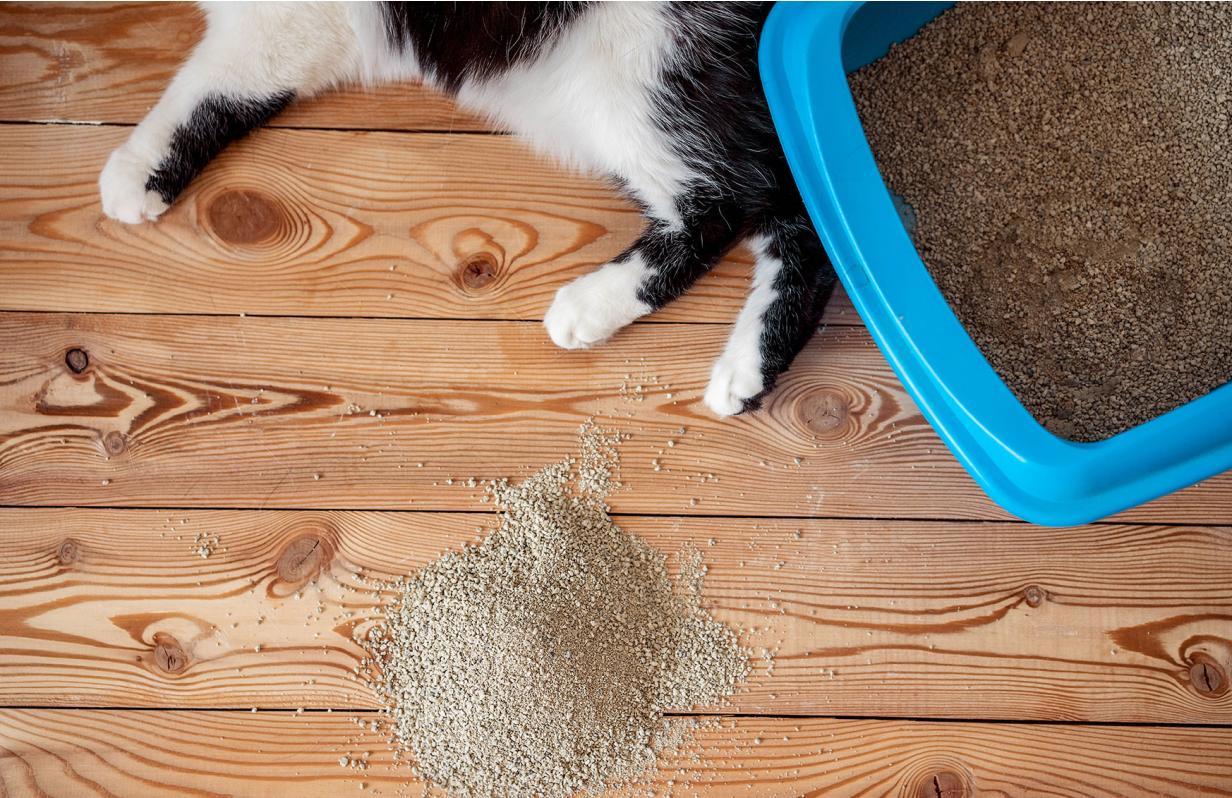
5 Steps to Litter Training your Cat
Toilet training can be a challenge for a lot of pet parents, but it’s one of the most important tasks you will need to tackle with your new cat.
Accidents are inevitable at the beginning, but if you make your new kitty feel comfortable and safe, it won’t be long until she’s trained.
Here are our top tips for speedy litter training:
- Start with the right supplies
You need to set up a potty-training station for your cat before she comes home. You’ll need a litter tray or litter box, litter bags, cat litter (obviously), and a scoop.
One of the questions we get asked a lot at Pet’s Delight is what the best type of cat litter is. But it completely depends on yours and your cats preferences.
Traditional clay-based litter will clump well and is therefore easy to scoop, but some new pet parents opt for natural and biodegradable options, like those made from cedar or other woods, which can cut down on the amount of dust and debris your cat will walk around the house.
If you’re still unsure about the type of litter that might be best for you or your cat, speak to our shop staff or email us on nutrition@petsdelight.com for tailored advice.
Other accessories you might want to pick up include a cat litter box mat, so that your furbaby has a clearly defined bathroom (and it’ll help catch spills), and air fresheners and deodorants.
2. Keep a positive mind
Cats will never respond well to punishment, so don’t shout or get openly angry if they make a mistake during the litter training process. Cats respond way better to positive reinforcement, and in fact negative reinforcement is likely to make them become scared and avoid you altogether.
Give her a treat when she uses the litter box correctly, and she’ll soon be fully trained.
3. Be a good motivator
Unsurprisingly, cats are motivated most by food. That’s why rewarding your cat with treats when she uses the litter box properly is the best way to encourage and motivate.
4. Make sure you cut back on the treats in the right way
Obviously, you can’t keep giving your cat treats every time she uses the litter box for her whole life (too many treats results in a fat and unhealthy cat), but you need to make sure you stop in the right way.
Once your cat has mastered litter training, you’ll need to wean her off the treats. Start changing treats for emotional motivation and praise e.g. “Good kitty”, by giving cuddles, or by presenting her favourite cat toys.
5. Cat not using the litter box? You need to rule out other issues
If your cat isn’t going in the box, there could be underlying issues. If your cat is constantly grooming her genitals, she could have a urinary tract infection (UTI) or other medical condition. If you think this might be the case, take your cat to your vet to rule out any potential illnesses.
If your cat is struggling to go and nothing is coming out at all, call an emergency vet. A urethral blockage is an emergency that can result in death if not treated straight away.
If illness has been ruled out, some of the other potential problems could be:
- The box isn’t being cleaned regularly enough
- She doesn’t like where you have placed her toilet area – cats like privacy and quiet spaces
- She’s not a fan of the litter you’ve chosen
- She might associate the litter box with a punishment.
All of the above aren’t too tricky to address. Something as simple as moving your cat’s litter box or cleaning it more often might just do the trick.
- 1167
